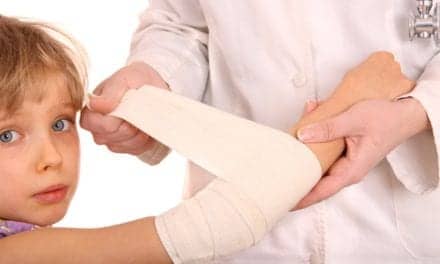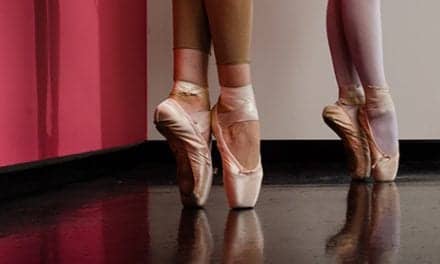Researchers at Children’s Hospital Los Angeles suggest in a new study that differences in boys’ and girls’ spines are present at birth.
A news release from Children’s Hospital Los Angeles suggests that this difference may be evolutionary, to allow the female spine to adapt to carrying a fetus during pregnancy. However, it could make girls susceptible to scoliosis and osteoporosis.
The study is published in the August issue of Journal of Pediatrics, according to the release.
Using magnetic resonance imagining (MRI), the researchers found that vertebral cross-sectional dimensions, a key structural determinant of the vertebra’s strength, were 10.6% smaller on average in newborn females than in males, the release explains.
“Human beings are the only mammals in which this difference is seen, and it is one of the few key physiological differences between the sexes,” says Vicente Gilsanz, MD, PhD, director of the Research Imaging program at The Saban Research Institute of Children’s Hospital Los Angeles and senior author on the study, in the release.
“The reason could be that the spine has to move forward during pregnancy, so that the female can walk and maintain her center of gravity. Unfortunately, it also imparts a disadvantage in that it increases stress within the vertebrae for all physical activities, resulting in a great susceptibility for fractures later in life,” he continues.
While the mechanisms responsible for the smaller female vertebral body during the fetal stages of skeletal development remain unknown, it likely results from complex interactions involving sex steroids, growth hormone, and insulin-like growth factor, the release explains.
In the study, Gilsanz and the rest of the research team measured 70 healthy, full-term newborns (35 boys and 35 girls). Weight, body length, and head and waist circumference did not significantly differ between sexes. Compared to newborn boys, girls had significantly smaller vertebral cross-sectional dimensions—a difference independent of gestational age, birth weight, and body length, the release continues.
The study notes that, over their lifetimes, women also accumulate less bone mass than men, resulting in a two- to four-fold increase in spinal fracture. A deficiency in vertebral growth in girls is associated with greater spinal flexibility and lower peak bone mass in young women, eventually resulting in an increased likelihood of scoliosis as well as osteoporosis in later life, per the release.
“While girls are born with a predisposition to developing osteoporosis as older adults, we know that bone development can be optimized with exercise and nutrition,” Gilsanz explains in the release.
“This is an example of how traits that might predispose an individual to disease can be mitigated through personalized medicine and customized health care, beginning early in life,” he continues.
[Source(s): Children’s Hospital Los Angeles, EurekAlert]





